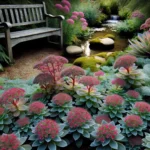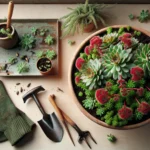Introduction to Sedum Creeping Plants
When gardeners look for a reliable blanket of color to cover their grounds, they often turn to the wonders of sedum creeping plants. These low-growing beauties bring a kaleidoscope of hues to any landscape, making them a top pick for creating a vibrant carpet in gardens. But it’s not just the colors that make them a favorite; the range of textures, from rubbery to needle-like leaves, adds depth and interest to garden beds.

Imagine a patchwork of sedums along a walkway, the different varieties merging together seamlessly like a living mosaic. One variety, for example, bursts forth with star-shaped blooms, painting a swath of pink amidst the green tapestry. Not far from it, another type, with ice-blue leaves, offers a cool contrast that seems almost surreal.
These hardy plants aren’t just about visual appeal either; their versatility is unparalleled. They can thrive in that dry, sunny spot where other plants may languish. Moreover, if you’re interested in environmentally friendly gardening, check out this guide to succulent soil—the perfect companion to ensure your sedum creeping plants grow optimally.
Whether it’s softening the edges of a stone path, spilling over a retaining wall, or filling in the gaps between patio stones, sedum creeping plants are the go-to solution for adding life to otherwise barren spaces. They’re living proof that in the world of gardening, grandeur can indeed come in the smallest of packages.
The Various Varieties of Creeping Sedum
Imagine your garden floor as a living tapestry woven from succulent leaves and bursts of starry flowers—that’s the magic that various varieties of creeping sedum can bring to your outdoor space. These succulent plants, also known as stonecrop, are easy-care ground covers with a lot to offer in terms of variety and visual appeal.
One of the most endearing qualities of sedum creeping is the diversity it offers. There’s the ever-popular Sedum ‘Dragon’s Blood’, cherished for its dramatic red-hued leaves that deepen in color with more sun exposure. Or perhaps the demure Sedum spathulifolium ‘Cape Blanco’, with powdery blue-green foliage and a penchant for rock gardens, is more your style. Each variety has a unique personality that’s expressed through its foliage, flowering habits, and growth patterns.
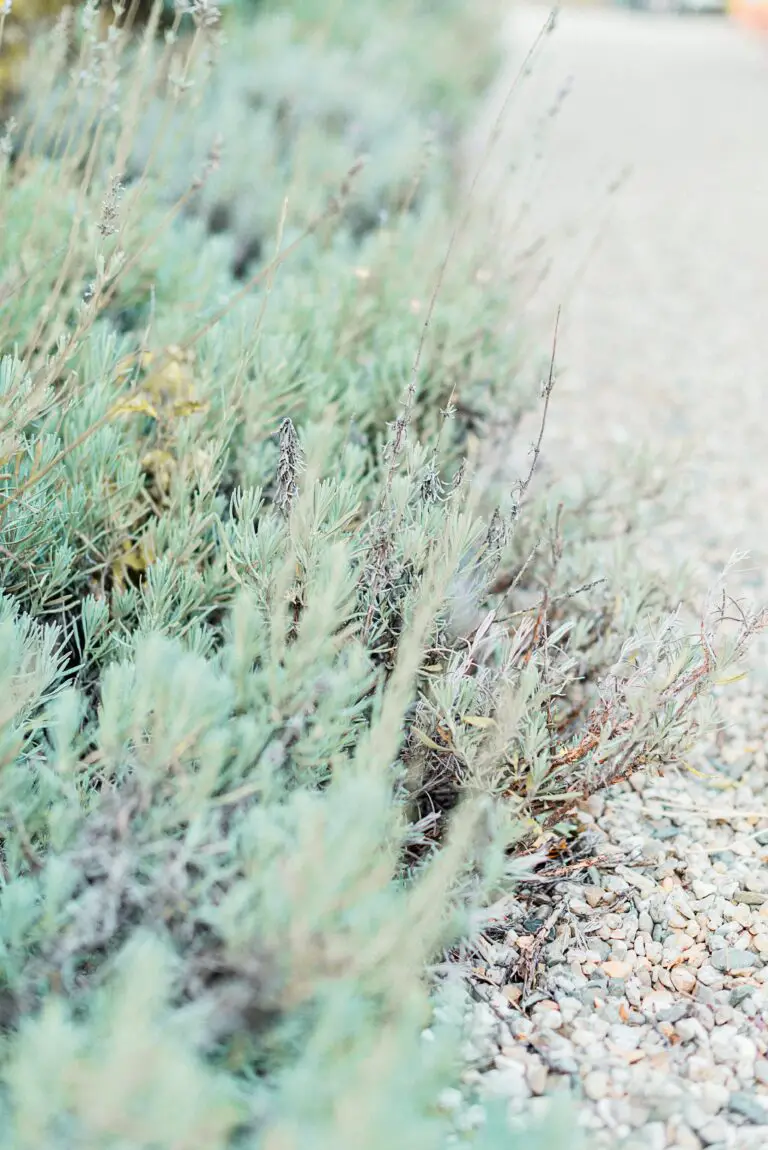
Let’s take the Sedum acre, a vigorous type that swiftly creates a dense mat of bright green, fine-textured foliage, ideal for filling gaps or spilling over walls. Contrast this with Sedum reflexum, sporting needle-like leaves that render a plush, yet spikey aesthetic, a striking addition to any well-draining succulent soil bed.
For those with a flair for the dramatic, Sedum rupestre ‘Angelina’ never disappoints. Its electric yellow leaves can brighten up any corner of the garden, especially in the winter months when other plants have retreated. The contrast of these yellow tones against the muted winter landscape is truly a sight to behold, demonstrating how a well-planned succulent garden can offer year-round interest.
Creeping sedums not only excel in their low-maintenance and drought-tolerant characteristics but also in the way they attract pollinators. In late summer, sedums become the stage for nature’s ballet, where bees and butterflies perform in search of nectar. The presence of these beneficial insects adds life and movement to the garden, turning it into a bustling ecosystem.
Whether it’s the intense reds of ‘Red Carpet’ or the green and pink pastels of ‘Tricolor’, there’s a sedum variety waiting to integrate into your garden’s palette. The ease of care, resilience, and the rich spectrum of colors make sedum an excellent choice for gardeners who desire beauty without the fuss.
Planting the Perfect Sedum Ground Cover
So, you’ve decided to add a splash of vibrant greens and brilliant reds to your garden tapestry with sedum, also known as stonecrop? Excellent choice! These hardy little ground cover plants are like the ultimate green carpet — both visually striking and nearly as easy to care for as your favorite throw rug. Let’s roll out the green carpet and set the stage for your sedum’s success.
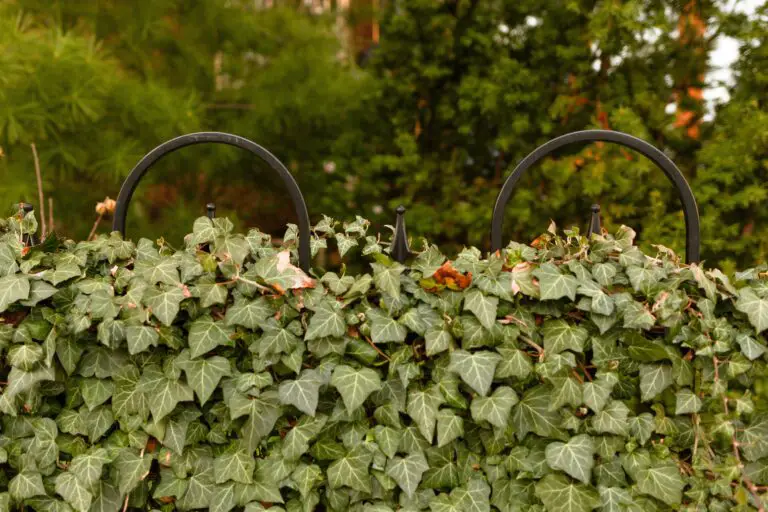
First things first: location, location, location! Sedum creeping, your living carpet, is a sun worshipper, basking in its rays like a sunbather at the beach. Full sunlight encourages the most robust growth and the richest color palette in your plants. So, when choosing a planting spot, think of an area that’s spacious and sunny—think of that unadorned corner of the yard, begging for attention.
Now, onto the soil. This is where sedum shows off its undemanding nature. It’s not picky about the soil it calls home, even if it’s rocky or sandy. However, good drainage is paramount. Soggy soil is a no-go for these succulents. If you find yourself with dense, water-retentive earth, fear not! A bit of compost mixed with gritty material, such as perlite, can transform the soil into a bed your sedums will adore.
Time to get dirty! But not in the way you think. Planting sedum is so simple it almost feels like cheating. No need for deep holes. A shallow trench suffices, as their roots are content with a gentle nudge into the earth. Space them out by about 6 to 12 inches depending on the species, allowing room for them to spread. Picture a collection of colorful stars spreading across your garden’s night sky. That’s your sedum, ready to reach out and touch the soil with its verdant tendrils.
Irrigation is equally straightforward. Once established, sedum creeping is drought tolerant. Overwatering? Not on your watch. Treat them to occasional hydration during prolonged dry spells, and they’ll be as happy as clams at high tide. Remember, more nature’s caretaker, less overbearing host.
For insightful tips on soil composition that can turn even the most stubborn patch of dirt into an Eden for your sedum and other succulents, take a peek into our guide. It’s your golden ticket to understanding the dirt on dirt.
The final flourish is the maintenance, or should I say, the lack thereof. Sedum creeping plants require little to no pruning. Occasionally, you might find yourself snipping away dead or damaged parts, almost like trimming split ends to encourage healthy growth. In essence, sedum care is as low-fuss as it gets – perhaps why it’s a gardener’s best friend.
Pro Tips for Sedum Creeping Care and Maintenance
When you’re aiming to cultivate a lush, vibrant blanket of sedum in your garden, knowing the right care tactics is essential. Imagine stepping outside to a tapestry of resilient, colorful foliage that not only beautifies your space but also thrives with minimal fuss. It’s all about the TLC—trimming, lighting, and climate control, friends! Let’s spill the dirt on transforming your sedum ground cover from surviving to thriving!
Watering your sedum is like making the perfect cup of morning coffee—it’s all about the right balance. These hardy plants adore a soak, but too much love can leave their roots swimming. Aim for ‘just right’ by allowing the soil to dry out between watering, making each drop count towards deep, healthy growth.
And when it comes to feeding, less is more. Treat your sedum to a light snack rather than a feast, with a slow-release fertilizer in the spring. It’s the perfect appetizer that sustains them throughout the growing season, empowering those succulent leaves to burst into a fireworks display of color.
Pruning isn’t just a chore, it’s a heart-to-heart with your plant. Trimming dead or overgrown sections in early spring gives your sedum space to breathe and room to showcase their best selves. And don’t be shy—grab those shears and encourage a denser, more robust spread that rivals the finest of garden tapestries.
Let’s not forget about the uninvited guests—pests. Vigilance is key! Regular check-ups can prevent freeloaders like aphids from turning your sedum into a buffet. When you spot trouble, organic pest control strategies are your allies, ensuring your garden remains a natural oasis, not a chemical warzone.
Remember Mark’s garden from down the street? The one that stopped you in your tracks last summer with its stunning sedum cascade over the rockery? He let me in on his little secret: it’s all about mimicking nature. Sedum creeping plants are pioneers, first to settle in the wild, so recreating that ‘untamed garden’ vibe in your own backyard could make you the next neighborhood green-thumb legend!
Incorporate these tips, and you’ll soon be the proud gardener of a sedum carpet that radiates health and vitality. No green thumb? No problem! Sedum creeping is all about loving the process and learning along the way. Now go out there and coax out the potential in your garden’s green canvas!
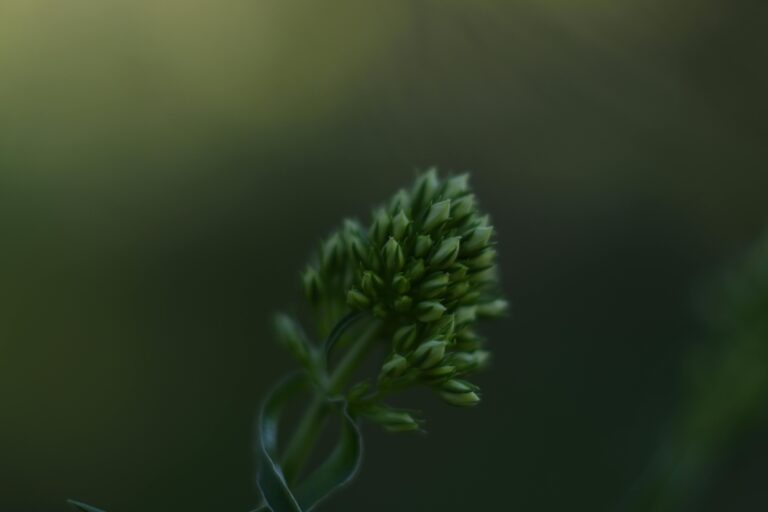
Integrating Sedum into Garden Design and Landscaping
If you’re eyeing a lush, low-maintenance carpet for your garden, sedum creeping plants are a choice you can’t overlook. Their versatility and resilience make them an effortless addition to any green space, infusing vibrant hues and textural elements that can elevate a garden’s aesthetic. But how exactly can you weave this botanical wonder into your landscaping tapestry? Let’s dig into some real-life examples to spark inspiration for your own verdant retreat.
Imagine a charming stone pathway meandering through your garden; now picture it bordered by a vivid cascade of sedum plants, their fleshy leaves spilling over the edges with a carefree elegance. The varieties are plentiful, sporting colors from emerald green to fiery reds, and each adds a unique brushstroke to your outdoor canvas. Picture the ruby glow of ‘Dragon’s Blood’ sedum or the cool undertones of ‘Blue Spruce’ as they mingle with your stepping stones, guiding visitors on a visual journey through your personal oasis.
But sedums aren’t just a pretty face; they serve a much greater purpose. These ground covers form an effective living mulch, retaining soil moisture and fending off weeds with their dense foliage. Around the base of a lonely maple or nestled at the feet of a grand oak, sedum plants create an enchanting underlayer that’s both practical and picturesque. They’re like Mother Nature’s little helpers, creating a sustainable backdrop that benefits their taller companions by keeping the ground moist and nutrient-rich.

And let’s not forget the endless pairing potential. Sedum creeping plants delight when interspersed with other perennials or annuals, giving rise to a dynamic display that changes throughout the seasons. Amidst the soft pastel blooms of spring bulbs, sedums stand as steadfast green guardians. As summer wanes and autumn approaches, they take center stage with their starry flowers and vibrant foliage, ensuring that your garden never misses a beat in the ever-turning rhythm of the seasons.
Whether it’s softening the edges of a rugged rockery or creating contrast with spiky ornamental grasses, integrating sedum into your garden design is a masterclass in texture and form. Gardeners with a keen eye for design have long relied on these unassuming beauties to pull together disparate elements into a cohesive whole. By emulating these time-tested techniques, even a novice gardener can transform their outdoor space into a living tapestry woven with the rich colors and varied textures of sedum creeping plants.
Troubleshooting Common Sedum Creeping Issues
Even the hardiest of ground covers can hit a rough patch, and sedum creeping is no exception. Beloved for their resilience and vivid hues, these low-maintenance charmers do occasionally battle with issues of overgrowth, discoloration, and diseases. So, let’s delve into the nitty-gritty of nurturing your garden’s vibrant carpet back to health.
Managing Overgrowth Effectively
The beauty of sedum creeping is its eagerness to spread and cover ground. However, when your garden’s vibrant carpet becomes too enthusiastic, encroaching on other plants’ territory, it’s time for the gardener to step in. By trimming the edges regularly, you can maintain the desired shape and prevent your sedum from becoming the garden bully. Using clean, sharp shears, simply snip away the excess, and your garden composition will remain picture-perfect.
Combating Discoloration
It can be quite disheartening to witness the usually vibrant sedum turn into a lackluster patch. Often, discoloration is a cry for help due to improper watering habits or poor soil conditions. If your sedum’s leaves are turning yellow or brown, re-examine your watering routine. These succulent plants crave a drink when the soil is dry to touch but will easily rot with soggy feet. Additionally, incorporating a well-draining soil mix will provide the perfect bed for sedum to thrive, showing off its true colors once more.
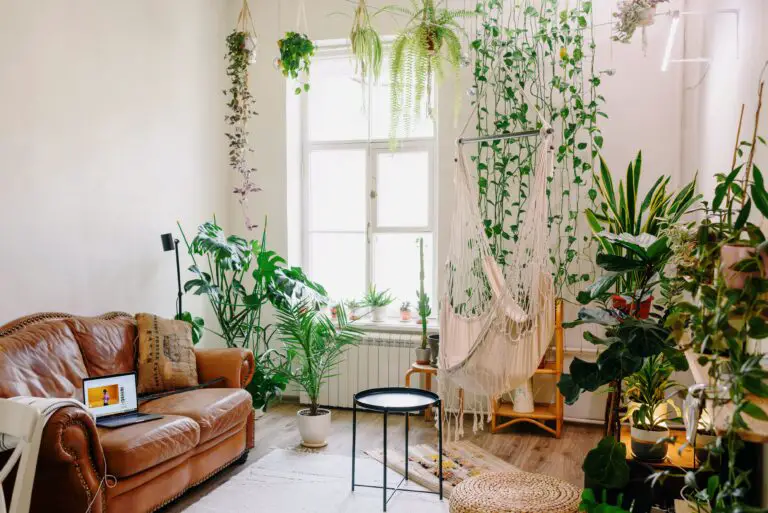
Tackling Diseases Head-On
Disease can be a silent thief in the night, creeping up on your sedum unannounced. Root rot and fungal infections are the usual suspects, often caused by waterlogged soil or overcrowding. Prevention is better than a cure, so ensure your garden has adequate drainage and air circulation. Should you spot any signs of disease, act swiftly by removing the affected areas and treating the plant with an appropriate fungicide. Remember, vigilance is key to keeping your sedum creeping in optimal health.
Whether you’re a green thumbed veteran or a budding gardener, these troubleshooting tips can help maintain the vibrancy and vigor of your sedum creeping. Just like baking a perfect cake or tuning a car, a little bit of finesse and attention to detail can turn those greenery-related challenges into a walk in the park.
The Benefits of Choosing Sedum as Ground Cover
Sedum, often known as “creeping sedum,” has a knack for turning an ordinary garden into a lush, vibrant tapestry. But this pleasing aesthetic charm isn’t the only reason to let sedum take root in your landscape. Let’s delve into the ecological and practical perks of having these resilient plants underfoot.
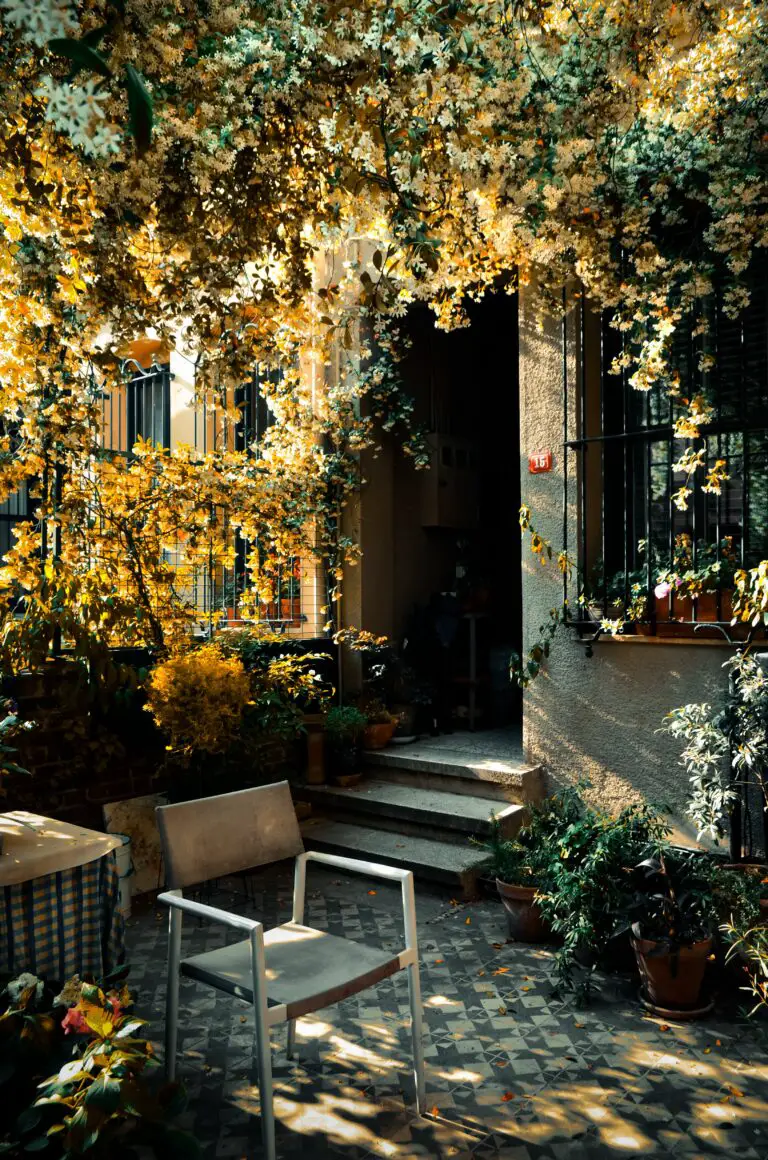
Imagine a ground cover that defies the scorching summer sun and comes out unscathed, demanding next to no attention as you enjoy your garden’s glory. That’s sedum for you—a drought champion that laughs in the face of dry spells. It’s the ideal plant for those sweltering areas where other plants might shy away. Sedum’s tenacity reduces our reliance on water, trimming down monthly bills and conserving this vital resource.
Not only does sedum creeping hold up remarkably well without frequent watering, but it’s also incredibly forgiving if you’re a gardener who often forgets the pruning shears. Sedums are low maintenance and don’t require the regular trims that other plants do, freeing up your weekends while keeping your garden impeccable.
Consider the slopes in your garden that are prone to washing away with every heavy rain. Sedum acts as a battalion, its roots digging in to form a living barrier against soil erosion. This safeguards not only your soil but all the nutrients it harbors. By planting sedum, you’re not just cultivating greenery; you’re preserving the very foundation of your garden’s ecosystem.
Each patch of sedum is more than just a bed of green; it’s a hub of life, attracting bees, butterflies, and beneficial insects. These tiny allies pollinate your plants and keep pests at bay, enhancing biodiversity and contributing to a balanced and thriving garden.
Living Armor for Your Soil
So whether you’re looking to conserve water, slash maintenance efforts, protect your garden from soil erosion, or create a haven for wildlife, sedum creeping plants are your go-to green warriors. Resilient, undemanding, and evergreen, sedums are not just ground cover—they’re ground armor for the everyday gardener’s Eden.
Showcasing Success: Sedum Creeping in Action
The beauty of sedum creeping across garden beds is not just hearsay; it’s a living art form that graces the landscapes of many garden enthusiasts. Let’s dive into some inspiring stories where sedum has taken center stage, creating lush carpets of vibrant greens and bursts of color that breathe life into gardens large and small.
In the heart of a bustling city, a rooftop oasis stands out with shades of jade and emerald. A collection of sedum varieties, ranging from ‘Dragon’s Blood’ to ‘Angelina,’ covers the ground seamlessly. This urban retreat, designed for sustainability and beauty, withstands harsh winds and scorching suns, a testament to the resilience and low maintenance of sedum ground covers.
Traveling to a country home, the story continues with a sloped front yard transformed by cascading sedum. Here, ‘Blue Spruce’ sedum steal the show, resembling a flowing river of blue-green leaves that slow erosion and impress passersby. This homeowner’s choice to replace traditional grass with sedum has reduced water consumption and introduced a dynamic texture to the landscape.
Progressing to a community garden initiative, volunteers substituted barren patches with a quilt of sedum species. This project not only enhanced the aesthetic appeal but also provided a sanctuary for pollinators. Bees and butterflies are now regular guests, enjoying the rich nectar of ‘Autumn Joy’ and ‘Black Jack’ blossoms. These real-life examples underscore the ecological benefits and ornamental charm of sedum creeping ground covers.
Impressive as well is the coastal garden that braves salty sea air yet flourishes with the hardy nature of sedum. A mixture of creeping and upright species form textural patterns that emulate the waves beyond. One gardener joyously shared how the ‘Coral Carpet’ sedum turns a brilliant red, echoing the sunsets, with virtually no effort on their part. This low-growing wonder provides year-round interest, even in challenging coastal conditions.
It’s clear that sedum creeping plants are not just a utility vegetation but stars of the garden that inspire creativity and foster a connection with nature. They demonstrate the power of plants to transform ordinary spaces into extraordinary landscapes. As we explore these examples, we see how sedum ground covers have succeeded in creating vibrant, sustainable, and lively carpets that are as functional as they are beautiful.
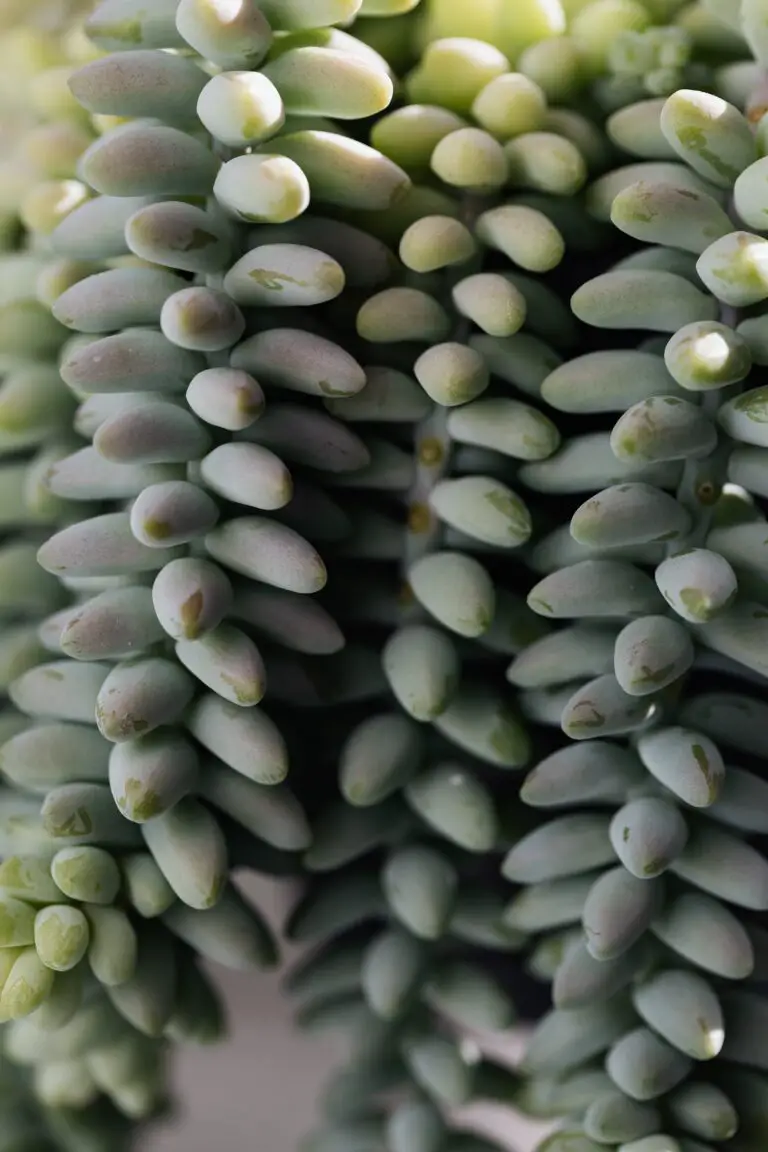
Frequently Asked Questions
So, you’ve decided to add a splash of color to your garden with the resilient and ever-charming sedum creeping plants. But, like any wise gardener, you’ve got questions swirling in your head—let’s dig into those and rake up some answers!
What are the ideal growing conditions for sedum creeping plants?
These little ground-huggers are sun worshipers and enjoy sandy, well-drained soils. Picture the sun-drenched slopes of a rocky hillside—that’s the kind of spot where sedum creeping plants feel right at home. But don’t fret if your garden isn’t a replica of the Greek countryside; these versatile beauties can adapt to various conditions, as long as they’re not left standing with wet feet in soggy soil.
Can sedum creeping be planted alongside other garden plants?
Absolutely! Consider them the friendly neighbors of the plant world. Sedum creeping is compatible with a range of other perennials like lavender, Russian sage, and coneflowers. It’s like planning a garden party where everyone gets along—lavender’s fragrance mingling with the sedum’s vibrant carpet creates a sensory delight! Plus, they’re great at keeping those pesky weeds at bay with their thick mat of foliage.
How should I address seasonal changes with my sedum creeping plants?
These plants are as tough as old boots when it comes to seasons. Even when Jack Frost comes nipping, sedum creeping stands firm, adding texture and color against a blanket of snow. And when spring’s warm caress awakens the earth, they’ll be among the first to burst into life, signaling to the world that your garden is once again a bustling hub of growth and vitality.
Curious to get an even closer look at these hardy sedums in action? Join us for a visual guide and learn from a real-life garden bursting with sedum splendor:
Remember, sedum creeping isn’t just a plant; it’s a low-maintenance garden ally. It thrives on neglect, so go ahead and plan that vacation—your sedum carpet will be just fine, freckling your garden with greenery and blooms while you’re away!


